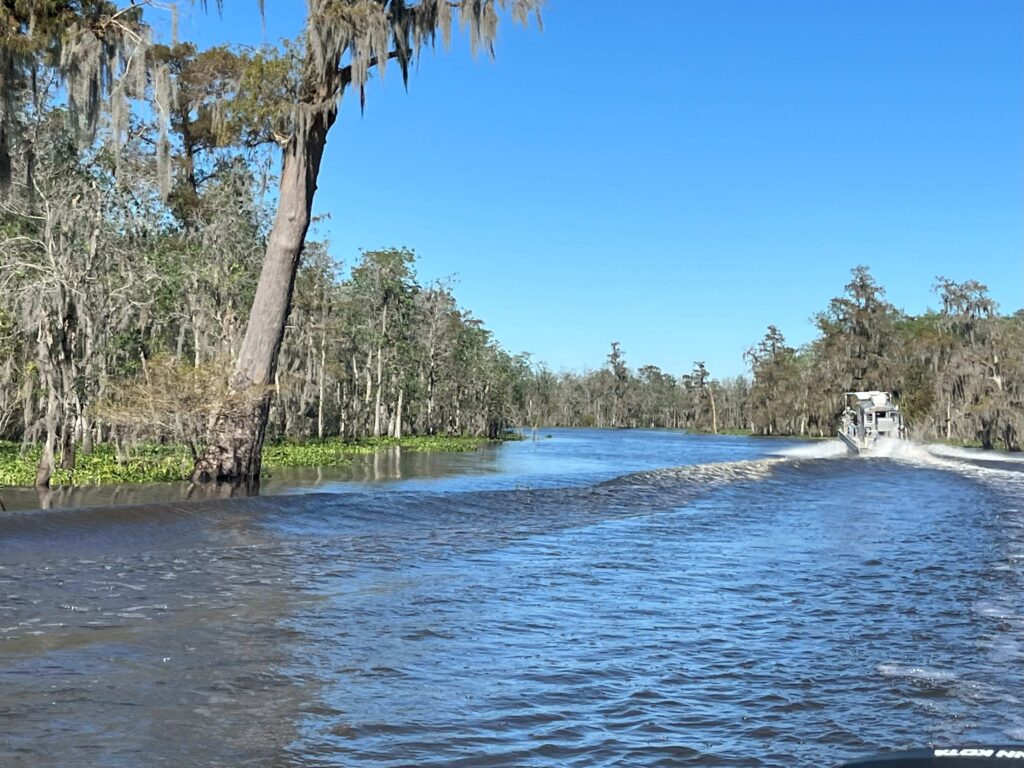The Louisiana Department of Energy and Natural Resources (DENR) released the latest draft of a reorganization blueprint that is a more complete, and in many ways, detailed version of how the state is responding to Executive Order JML 24-13. The 2024 executive order asks the DENR secretary to investigate and develop a plan to better organize, consolidate, and structure the department with the purpose of improving coordination across state agencies and consolidation within DENR.
Released in January this year, the fifth draft of the report is the latest in a series of draft plans and subsequent public comments in response to the executive order. It is encouraging how many of the public comments have been incorporated into the newest draft, including a clear statement that, the state Coastal Protection and Restoration Authority (CPRA) “will maintain its independence and focus on the coastal area.”
In addition, it’s commendable that the latest draft includes the incorporation of statewide flood control interests on the to-be-formed Natural Resources Commission. However, that position would be filled by a representative from the state Department of Transportation and Development, the to-be-formed Upland Restoration and Management Authority (URMA), or CPRA. LWF believes each of these entities brings a unique perspective and mission to the board and choosing between the three would leave out important viewpoints. CPRA has a long history of working in the coastal zone and that expertise should be brought to bear on a commission with the goal of bringing together statewide natural resource management.
There are also a number of new items brought out in this most recent draft of the report including a rebranding of DENR to the Department of Energy and Conservation (DEC). LWF believes that the current “natural resources”, rather than “conservation” conveys the mission of DENR much more clearly due to the regulatory authority over oil, gas, renewable energy as well as water resources. Outside the permits and regulation of resource extraction and use, the department doesn’t have a mission of conservation as it is traditionally known, which includes the need for restoration and preservation of natural environments, more akin to coastal restoration activities rather than permitting authority over oil and gas wells.
Other new items include the formation of new offices within DENR including the Ecology Division, Office of State Resources, and the Office of Permitting and Compliance which will centralize permitting activities. Under the proposed Ecology Division, there is a need for better definition of mission since as currently written they seem to overlap with missions of CPRA, DOTD, levee boards, Louisiana Watershed Initiative, and other entities.
While the new updated draft includes many more details than the previous draft, there are still clarifications that are needed. These clarifications include questions as to what kind of staffing the Natural Resources Commission will need to fulfill its goal of guiding “strategic decision-making processes in natural resource governance by synthesizing insights from leadership, middle management, regulatory entities, and external stakeholders.” There needs to be more clarity in roles and responsibilities included in the document so a reader outside of DENR can understand the practical application of the commission’s role and which offices will be guided by the commission.
In all, the newest draft outlining DENR proposed reorganization reflects an ambitious outreach effort to DENR staff, industry, and the public and the incorporation of their comments. However, there is still work to be done in clarifying some authorities, missions, implementation, and structure before a more complete picture of DENR’s reorganization will take shape.
Read LWF’s full comments on the latest draft of the reorganization DRIVE report HERE.

